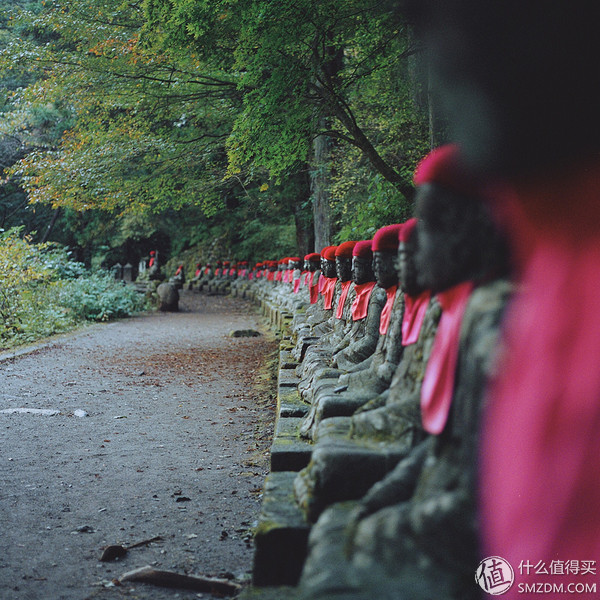Film lovers scan film cost-effective choice - EPSON Epson V750 scanner evaluation
In the previous article, I introduced Epson V750 Pro. Although the degree of reaction was not very lively, it exceeded my expectations. Since the response was enthusiastic, it also gave me impetus. Then I continued to write an advanced tutorial.
Speaking of Epson's V-Series large flatbed scanners, including the V300, V600, V750, and even the current V850. This series of scanners are characterized by large flat-panel, can not automatically focus, need to rely on the clip to fix the scan, as small as 135 up to 8X10 can be put in, support the famous SilverFast, perfect support MAC and PC, the price is cheap.
Of course, there are many shortcomings about the V series, 135 weak, poor resolution, dark colors, fog and other shortcomings of the glass. Many of the reasons are because Epson's light path is too complicated, as I said before, the scanner is like a desk The enlarged SLR camera also requires the light source to enter the film and illuminate the photosensitive element to obtain the image. The working principle of the SLR camera is that when the viewfinder is mirrored, the light of the lens is reflected to the pentaprism and then to the viewfinder; The mirror is lifted up quickly and light can be directed onto the sensor. In this way, the SLR uses the pentaprism only for framing. When shooting, it is directly illuminated. However, the V-Series flatbed scanner requires the use of a four-sided mirror to obtain the final light source. The light is folded four times. This shows the amount of intermediate loss. I'm also not very clear why I need to perform four reflections, but in theory, the less the refraction, the higher the image quality. Will it remove the three-sided mirror and leave it to the sensor, which is the best effect? , But this is only speculation, and no one has ever engaged in it. Like my hand-wrecking party, it will certainly not be returned if it is demolished.
And while the V750 claims to have a high resolution and an ultra-high resolution lens, the official has introduced this feature:

It sounds like a lot of cows, you see, a high resolution is mainly used for reflection drafts and documents, and another super high resolution is for negatives. It looks like nothing is normal. But in fact The ultra-high resolution lens in this lesson is also a wide-angle lens. If the actual pixel width of the lens itself cannot scan 4x5 or more negative film, it must be equipped with a wide-angle lens, which also leads to weak 135 film. And the flatbed scanner The lens is unable to focus automatically. If the focusing is done with an ultra-high resolution lens, the focus is usually at the 3.3mm position on the scanner's glass platen. This is why the original film holders offer adjustable heights. The feet are all detachable with a unidirectional arrow on the top, and then there is a circle and another symbol on the front and back of the platecock. The arrows are installed at the default height, and the arrows are installed downwards due to the strange structure of the feet. The height will be increased by about 0.5mm, and the foot will be removed completely, which means 0.5mm lower.) High-resolution lens focuses at 1mm on the scanner glass plate, this is mainly for you Reflective described with so many users are the most suggestions for scan lines V are 4X5 or more format, barely 120, 135 on the bottom or honestly sweep.
Although large flatbed scanners are born with such defects, the significance of opening this article is to develop the ability to use the V system on a limited basis. Next, introduce some of my spare parts. .
These torturous accessories have always revolved around a theme, that is, how to flatten the film, and in the process of film washing, the uneven film caused by some old film machines or the bending of the film base due to moderate temperature. Because the original clips are made of plastic material, they can suppress the tilted sides of the base. However, the plastic material itself is light and only covers the two sides of the base but does not exert pressure on the entire area. This will cause the center of the base to rise upward or Bend down, which affects the sharpness of the film scan. To solve is how to make the film more flat, more fit.
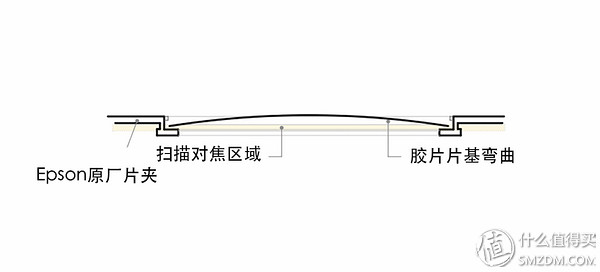
What is a Newton ring?
The anti-Newton ring glass, as its name implies, is the glass that prevents the Newton ring from appearing. It looks like a block of translucent frosted glass. As shown below:
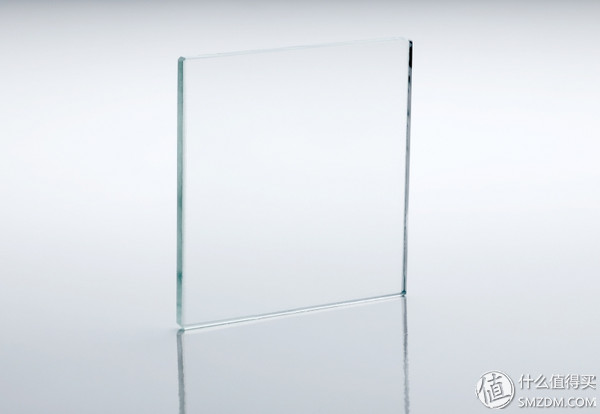
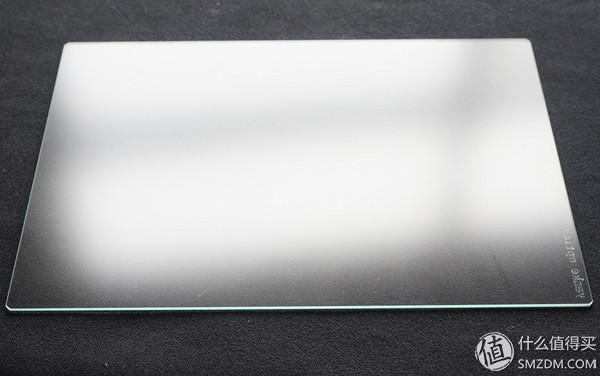
The use of methods from the introduction of goods, similarities and differences, are all methods, I personally can not write a flower.
The first use of anti-Newton ring glass, 100% Newton ring, haha, that is also called anti-Newton ring?
The first FAQ
Due to the weight of the anti-Newton ring glass, the film and the glass platen are pressed very tightly. When there is a large area of ​​space, such as the sky, the building wall surface, etc., a Newton ring will be generated. Personally recommend that black matte cloth is attached to the four corners of the matte surface. The thickness is probably a little bit thicker than the film, which is about 1mm. The purpose is not to make the film and the scanner glass too tight. This minimizes the chance of creating Newton rings.

Second FAQ
I put a tape, but there are still Newton rings, and there are still a lot of them. It's because there are water vapor and water molecules on the glass. We all talk about molecules. We can't touch it. We can't see it. Especially when the humidity is high in the south, we feel more. No. The only way to dry the glass before use is to use a hair dryer, both on the front and the back. If it cannot leak, it even includes the scanner's glass platen, and then it is scanned. There is no need to worry about the effect of glass temperature on the film. After the film is rinsed, it is also dried in an oven. The temperature is not low (of course, if you take the microwave oven to bake, I will not be responsible for this).

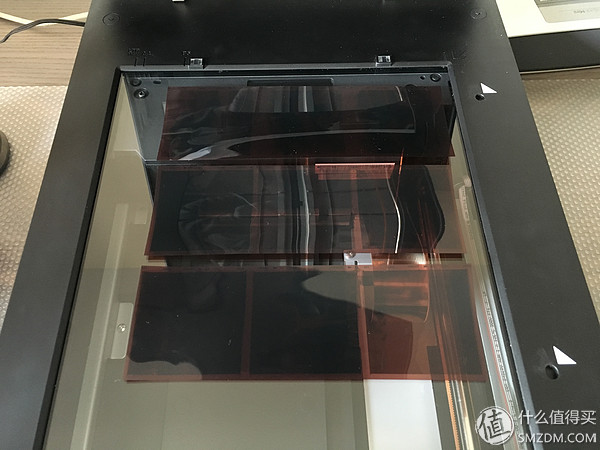
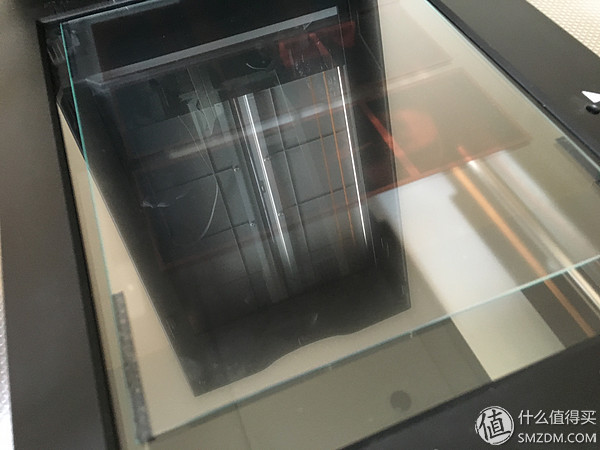
The results are as follows (the four areas are 100% enlarged screenshots):
Scanner Settings: Transmissive | Positive | 64-bit HDRi | 3200ppi | ICE Off | Off All Auto Functions | AdobeRGB 1998 | SilverFast 8
Hardware Information: Epson V750 Pro | Fujifilm 400H Negative | Anti-Newton Ring Glass
Late: PS Invert and Curve | No Sharpening | Convert sRGB

The entire Ma Yun family, on this sale, monolithic 150, 120 frame needs two pieces, a total of 300. It is not cheap.
The working principle is similar to the fact that it presses both sides of the film base by its own weight. It means that there is no technical content and the installation is simple.
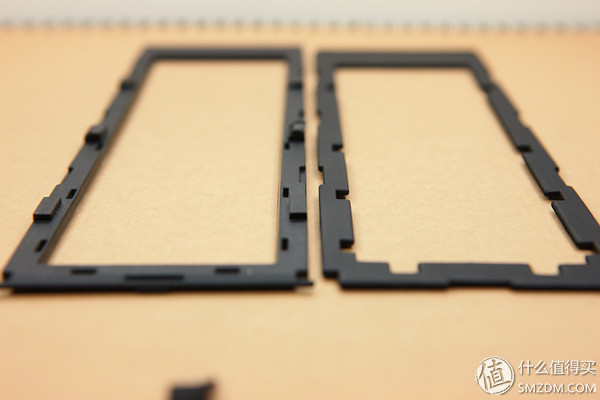
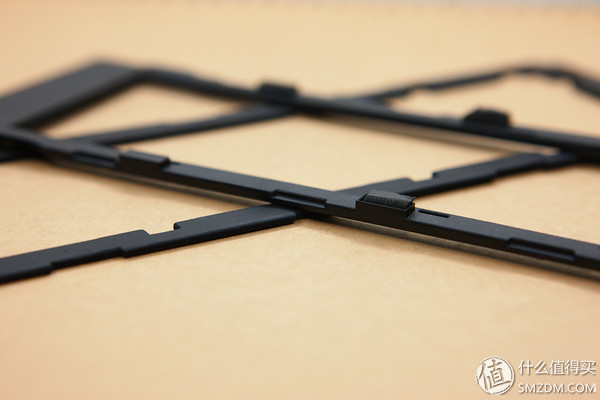
The results are as follows (the four areas are 100% enlarged screenshots):
Scanner Settings: Transmissive | Positive | 64-bit HDRi | 3200ppi | ICE Off | Off All Auto Functions | AdobeRGB 1998 | SilverFast 8
Hardware Information: Epson V750 Pro | Fujifilm 400H Negative | Stainless Steel Clip
Late: PS Invert and Curve | No Sharpening | Convert sRGB

Nowadays, the market can still buy the mainstream GEPE brand in the Netherlands. There are also many old brands. It is estimated that they can go to Europe to buy it. There are not many circulations in the market.
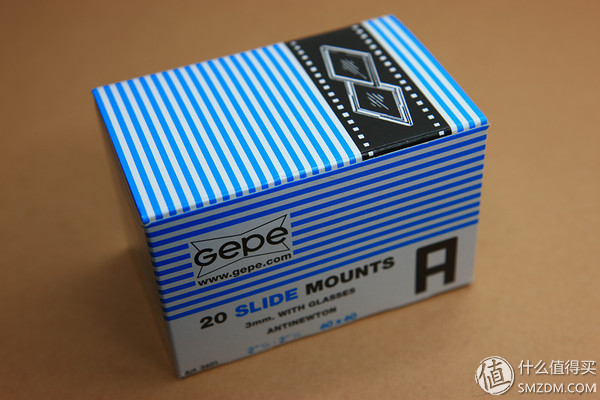
The original production intention of this product was for slide projectors. The dust-proof sealing frame + ultra-thin glass can protect the slides from dirt, fingerprint contamination, scratches, etc. Straighten and improve screening quality. The surrounding metal sheet enhances the fit and eliminates the intermittent flashing of the show time. The picture is sharper from the center to the corners. The exquisite ventilated and breathable design can remove moisture and prevent bacteria from growing. After heat treatment, it can withstand 100 degrees of high temperature, and it will not be deformed after playing for a long time. Make a picture, it may be easier to understand.
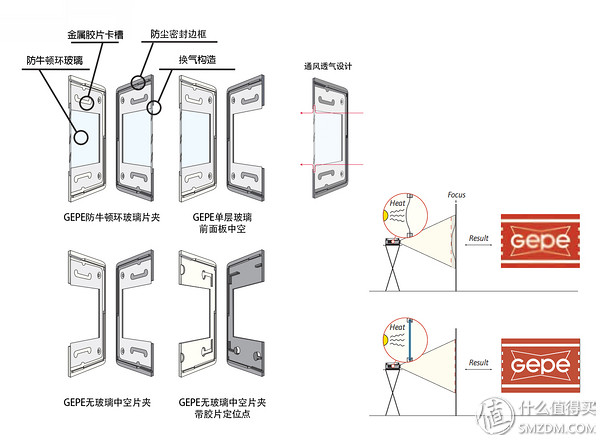
Things are very good, workmanship is also very good, but the installation is too much trouble, the first natural enemy is the dust, all kinds of toss, loaded a piece of the spent half an hour, is not 100% perfect, a little bit of dust, but a one-time investment, get After the dust is not afraid, it seems to go to get a clean laboratory.

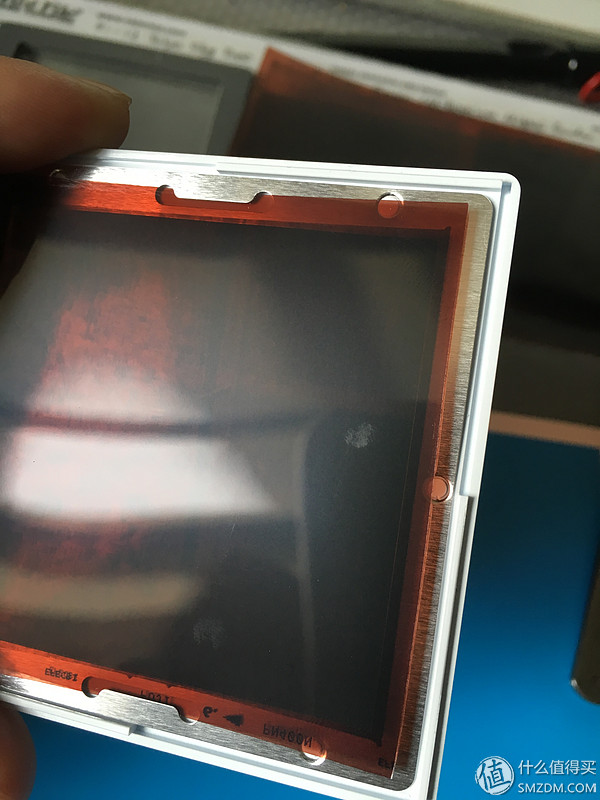
When I saw dust, I saw a dust-free blue film on my mobile phone on the table. I quickly tried to use it. It's really good. It looks like I'm going to buy in bulk. The price is low, the stickiness is small, and the dusting effect is good.
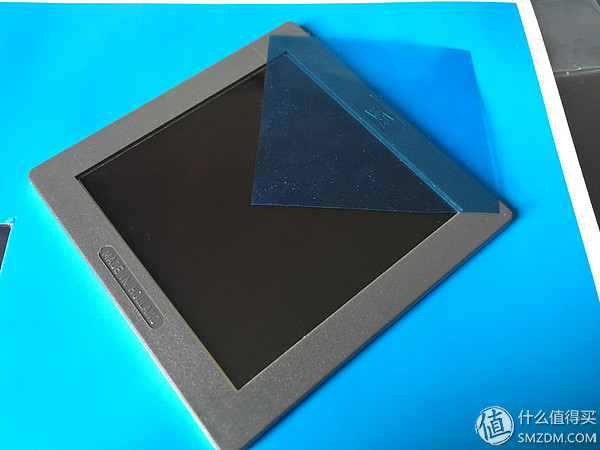
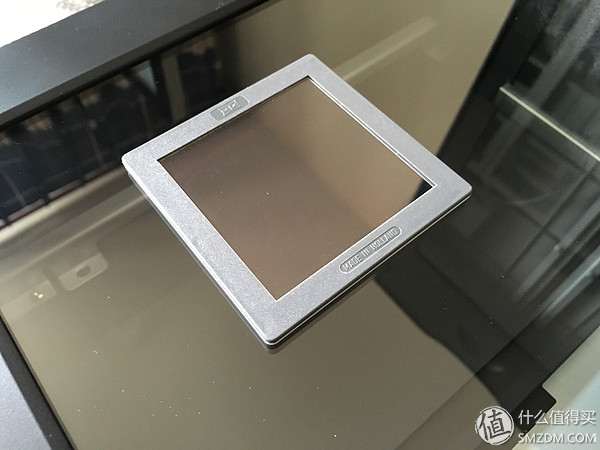
When I started scanning, I didn't think much about it. I just swiped it directly on the scanner. The effect was stunned. Why was it so empty?
The results are as follows (the four areas are 100% enlarged screenshots):
Scanner Settings: Transmissive | Positive | 64-bit HDRi | 3200ppi | ICE Off | Off All Auto Functions | AdobeRGB 1998 | SilverFast 8
Hardware Information: Epson V750 Pro | Fujifilm 400H Negative Film | GEPE with Anti-Newton Ring Glass Slide Frame
Late: PS Invert and Curve | No Sharpening | Convert sRGB
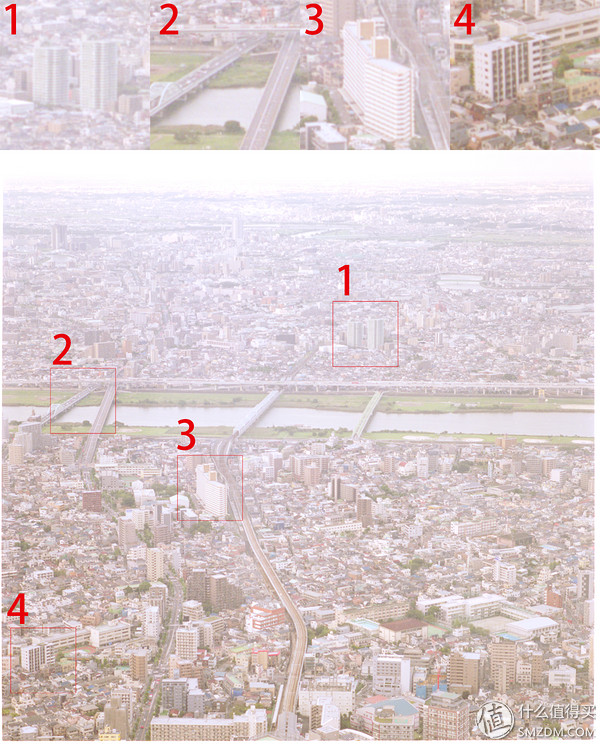
After thinking about it, I missed it. The height of the original tablet was sandwiched. I also said before that the V750 has a focus up to about 3mm above the platen. It seems to be self-raising, but it needs to be a 3mm high object to support it. There was a stack of cut cardboard strips on the table. If it was thick, I would like to have a micrometer given by my father. I haven’t used it yet. Open up a look, antiques... State-owned Chang’an Machine Manufactory

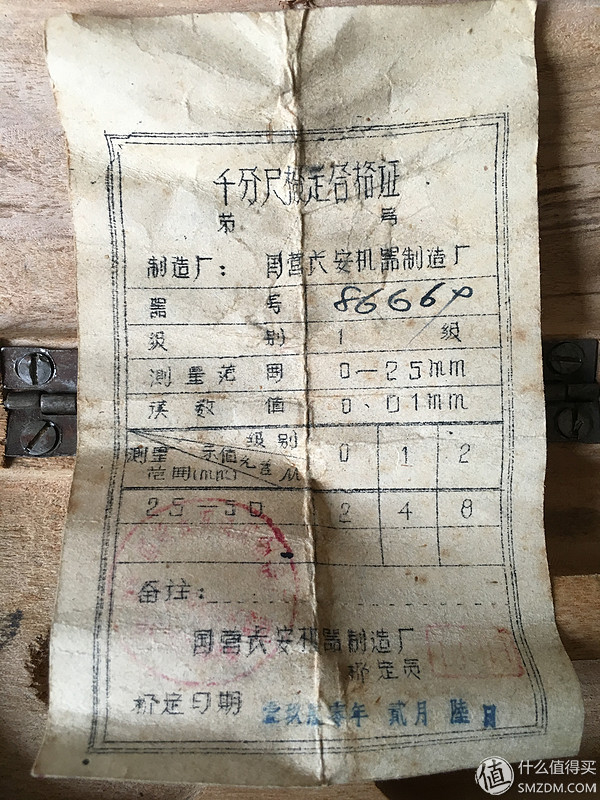
First test, the height of the original clips and feet, add up to about 2.98MM
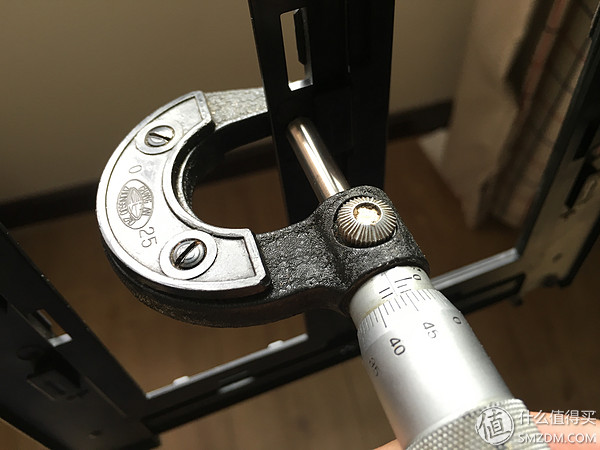
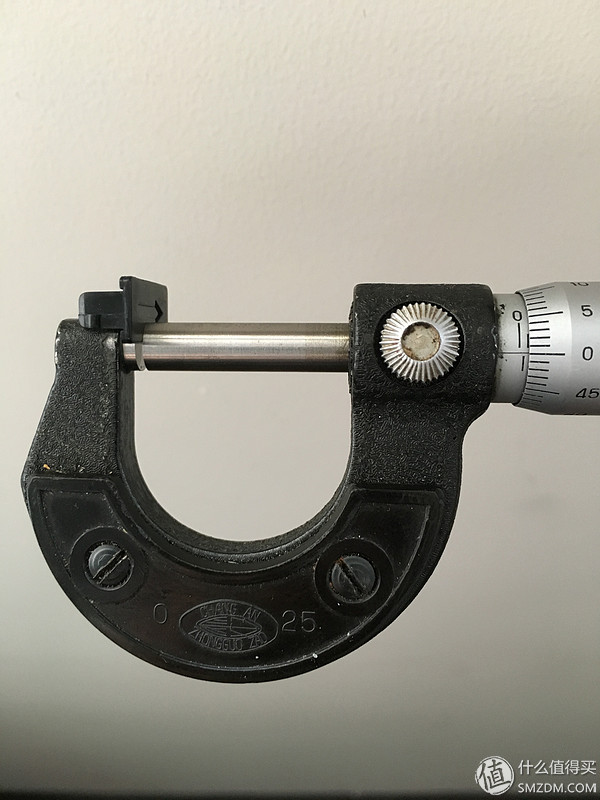
Then stack it up with cardboard and make a similar height. Then open the sweep. The results have obviously improved but still not meet the expected requirements. It should be a high degree of deviation.

The results are as follows (the four areas are 100% enlarged screenshots):
Scanner Settings: Transmissive | Positive | 64-bit HDRi | 3200ppi | ICE Off | Off All Auto Functions | AdobeRGB 1998 | SilverFast 8
Hardware Information: Epson V750 Pro | Fujifilm 400H Negative Film | GEPE Anti-Newton Ring Glass Slide Frame Pad Height 3mm
Late: PS Invert and Curve | No Sharpening | Convert sRGB

This was too expensive at the time and it was not bought. So this is not available, but it will consider buying and making up evaluations and comparisons.
The fifth appearance - the original clip The original clip is not much to say, look directly at the results
The results are as follows (the four areas are 100% enlarged screenshots):
Scanner Settings: Transmissive | Positive | 64-bit HDRi | 3200ppi | ICE Off | Off All Auto Functions | AdobeRGB 1998 | SilverFast 8
Hardware Information: Epson V750 Pro | Fujifilm 400H Negative | Original Cartridge
Late: PS Invert and Curve | No Sharpening | Convert sRGB

So far all the common accessories have been introduced, there is a wet sweep, imitate the principle of electronic scanning. It is said to be the best results on the flatbed scanner, but the process is extremely tedious and time-consuming, want to know more, and finally attached On the reference link, you can study for yourself.
This article introduces some of the attachments during the scan. The evaluation is not so rigorous. Although we want to rely on rigorous support, we cannot help with the conditions in our home. If you have better suggestions, you can communicate with each other.
Based on the above scan results, a comparison chart is shown. It can be seen that the stainless steel clip is the clearest of all effects, the original clip is secondarily followed, and the anti-Newton glass ring is the worst. In addition to the flatness of the film we say, it will cause focusing. This is because of the fact that the other major factor is the height of the focus. The original tablet clips can have such a high ranking, or because of the height of the original clips, the stainless steel clips are also based on the original clips. With its own weight to keep the film flat and win the best. In contrast anti-Newton ring glass because of the focus of the height of the focus is not true, the same happens in the GEPE frame. But I believe that if the same height in the situation Next, anti-Newton ring glass also deserves a better score.
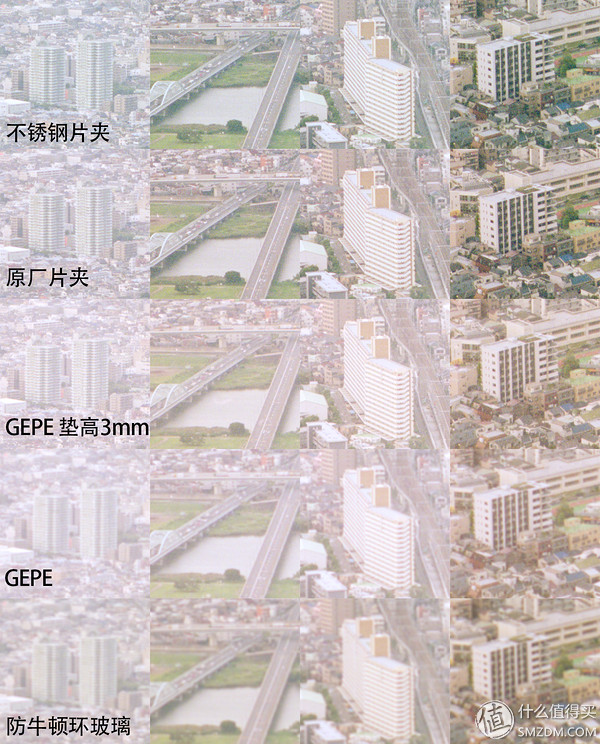
Wet Mounting
The next notice:
How to use PS, LR for later adjustment and refinement after the film scan
The last routine is still to put a few pieces of work with stainless steel clips
Kamakura | Hasselblad 503CW | Fujifilm 160NS | Epson V750 | Kamakura University Frontier, Kamakura

Deck | Hasselblad 503CW | Fujifilm Reala 100 | Epson V750 | Shanghai, China

Xiling Yinshe | Hasselblad 503CW | Fujifilm Reala 100 | Epson V750 |
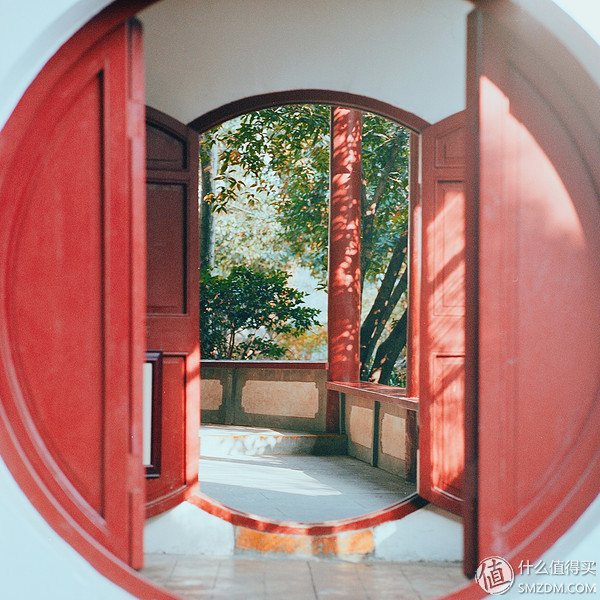
Ssel 満ヶ | | Hasselblad 503CW | Fujifilm Pro 400N | Epson V750 | Nikko, Japan
